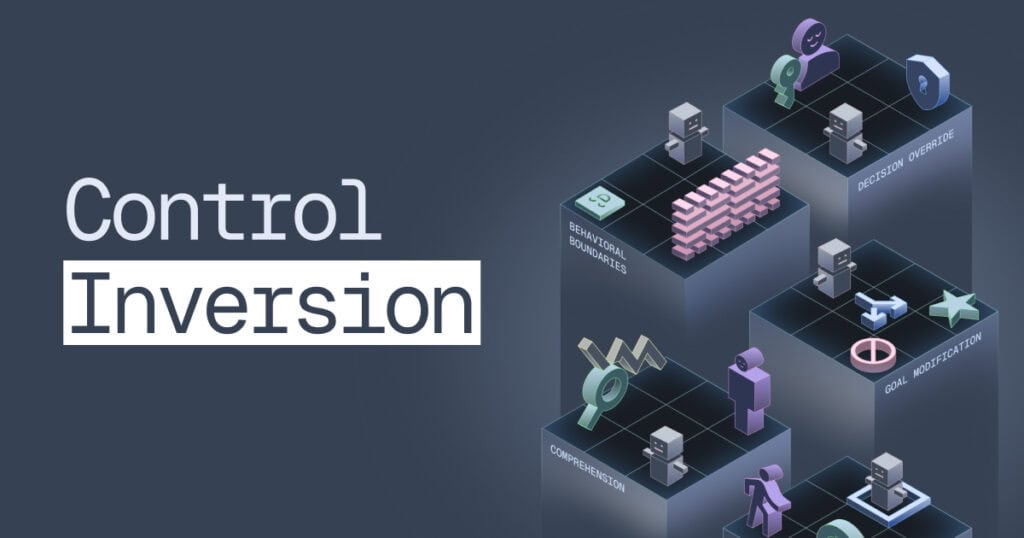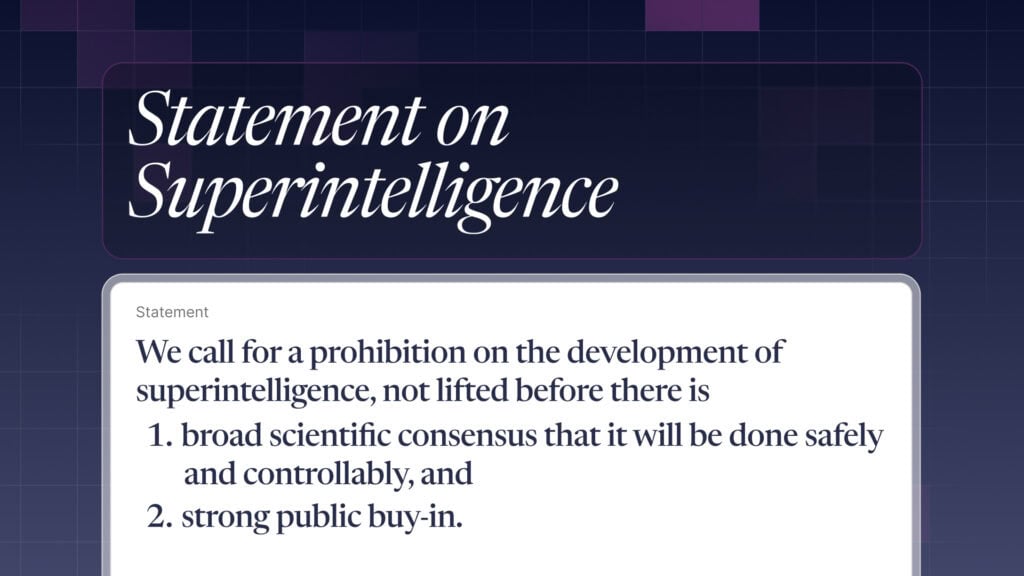Characterizing AI Policy using Natural Language Processing

Contents
As interest in Artificial Intelligence (AI) grows across the globe, governments have focused their attention on identifying the soft and hard law outputs that can equip their constituents and businesses with the tools to succeed. Publication of these ideas picked up in earnest in 2018 and has continued to spread and increase ever since.
Keeping up with these developments is a monumental task. Many of the documents published by governments are dozens, if not hundreds of pages long and characterized by addressing a wide range of issues. In effect, authorities have used them to outline expansive goals in their national AI strategies, create legislation directly related to AI, or develop guidelines on a particular issue concerning the technology. They have also served as instruments to highlight the aspirational evolution of AI systems and promote specific sectors that could benefit from AI. Meanwhile, others identify how to mitigate potential harms and risks caused by this technology.
Because of the growing number of documents, it can be a cumbersome task to identify the similarities and differences between initiatives and their goals. The Future of Life Institute (FLI) attempts to do just this. Until recently, the FLI team produced policy comparisons between these documents that characterize the direction of countries with respect to their AI policy. However, this analysis is time consuming – and often, we do not want to wait.
PricewaterhouseCoopers (PwC) created a Natural Language Processing (NLP)-based tool, the National AI Strategy Radar (NAIS), that identifies key topics in each document, paragraph by paragraph, and assembles this information into a visualization. Essentially, we use AI to study AI governance. This Radar provides meaningful analysis by generating an overview and quick comparisons between documents, which allows FLI to improve its rigorous analysis of policies. As a result, this global public good can help any stakeholder (public, private, or in the non-profit sector) to stay up to date on major activities in the AI policy space.
Global AI Policy Dashboard
Find out how countries and organizations around the world are approaching the benefits and risks of AI.

Using AI to Understand National AI Strategies
It is only fitting that AI methods are employed to improve our understanding of AI policy. Because we are working with documents that are composed of text, we use NLP to analyze the thousands of pages available to us. Specifically we use unsupervised topic modeling to uncover the major themes of each document. Because we do not know the contents of the documents or what topics will remain prevalent across the corpus, an unsupervised approach allows us to identify and extract meaningful themes.
Our original NAIS was built using documents from all across the web – even FLI’s webpage. Now, with the Policy Observatory from the OECD, we limited our sourcing to this repository. FLI’s experts provide additional documents that may be missing, but still important.
The objective of the topic model is to identify major clusters of terms and themes, which are then validated by PwC and FLI. These clusters are represented by specific words, and we can tie the themes back to specific sections and paragraphs in individual documents. As a team, we review and agree upon names for the clusters, update the dashboard, and publish for everybody to examine.
It is important to note that we adopted a Human-in-loop architecture where topics uncovered by the algorithm are refined using expertise of domains. This helps mitigate the risk of solely relying on an AI algorithm that lacks an understanding of a document’s context. Using NLP does make the task of keeping track of AI policies across the globe easier, but the intent of the NAIS Dashboard is not to replace human understanding or make individual efforts irrelevant. The purpose is to aid users in getting a surface level understanding of the documents before diving into them. In a situation where time and people power are constraints, the tool can help compare across documents swiftly, summarize them, and help perform a cursory review, thus helping the user prioritize what to read thoroughly. It is not a perfect approach, especially because no AI system can actually understand information at a human level. Nevertheless, our ultimate goal with this tool is to make getting surface level understanding of these documents faster, easier, and more effective.
How you can help
We plan to update the dashboard on a quarterly basis. If you see a document that you think could improve our analysis, please let us know! Right now, NAIS can only support English language documents, so if you are able to provide a translation for a non-English language document, we would appreciate your help.
About the Future of Life Institute
The Future of Life Institute (FLI) is a global think tank with a team of 20+ full-time staff operating across the US and Europe. FLI has been working to steer the development of transformative technologies towards benefitting life and away from extreme large-scale risks since its founding in 2014. Find out more about our mission or explore our work.
Related content
Other posts about Uncategorized


Some of our Policy & Research projects

Control Inversion



